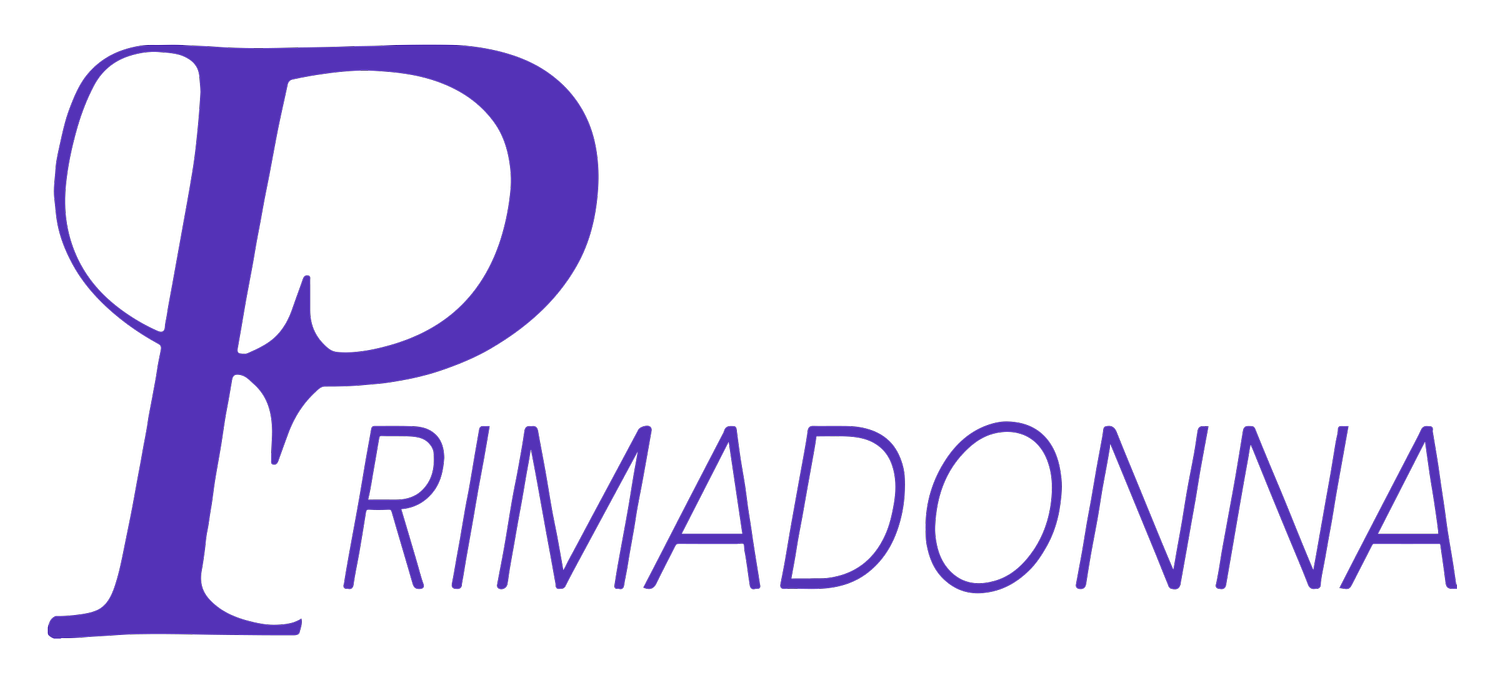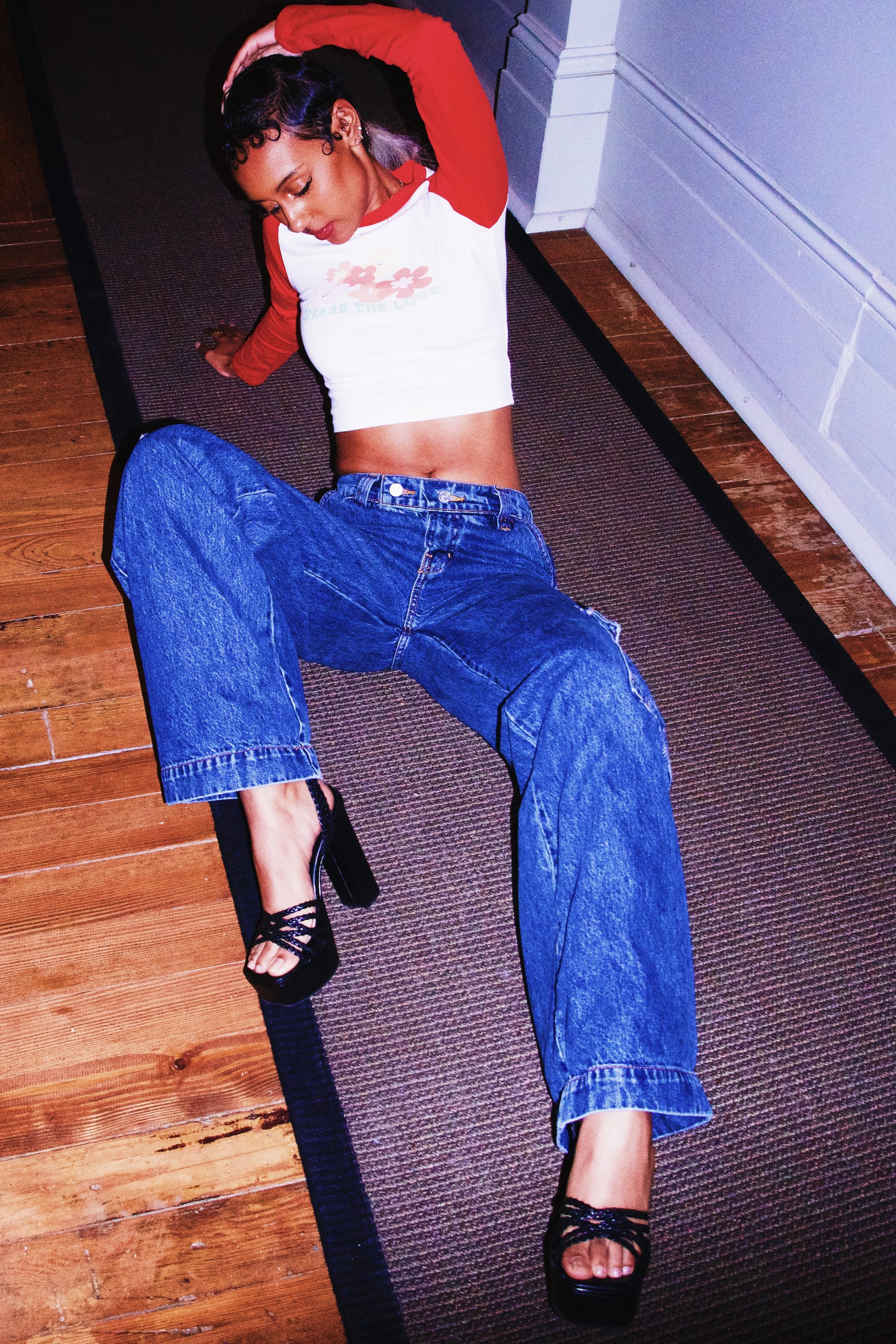
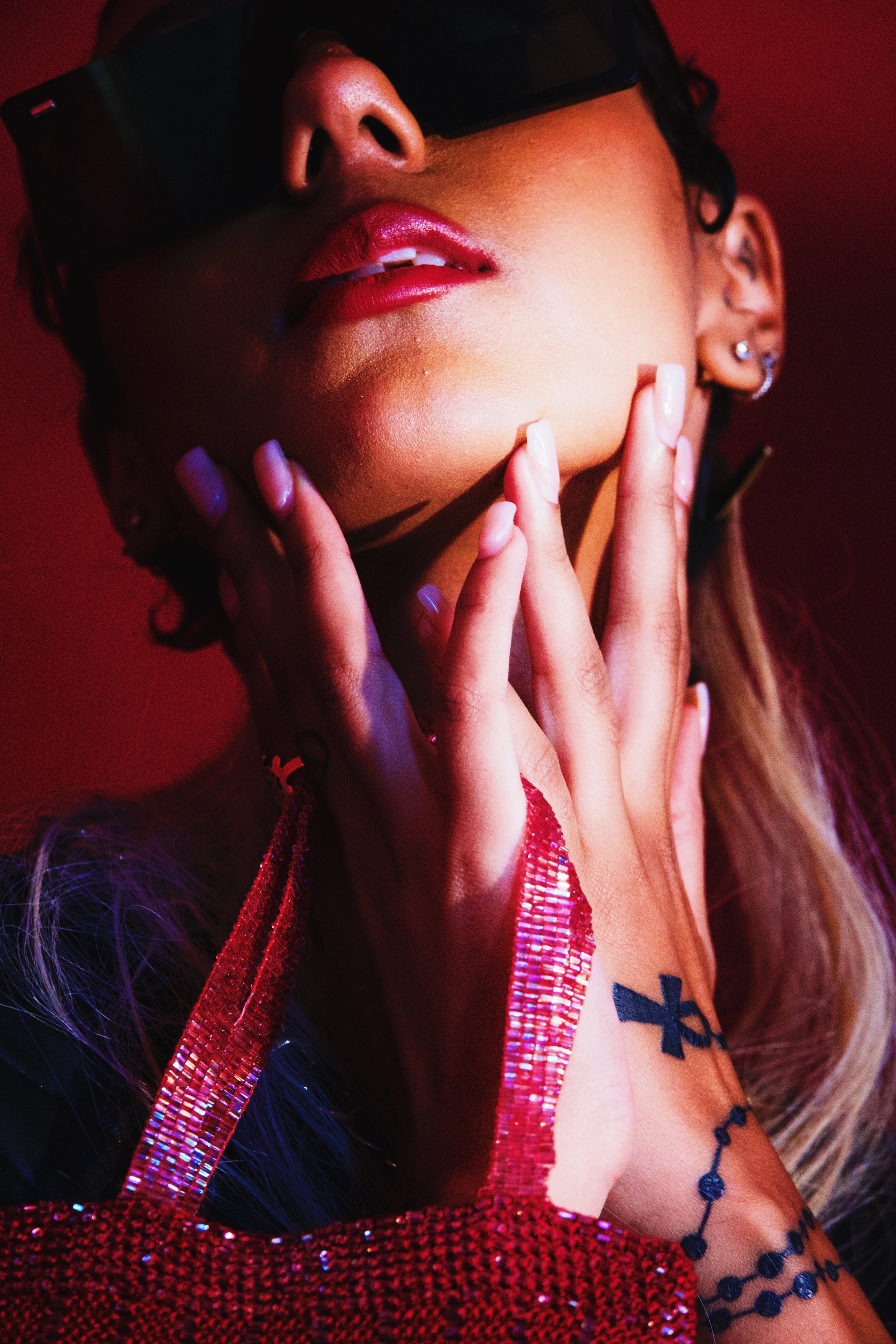
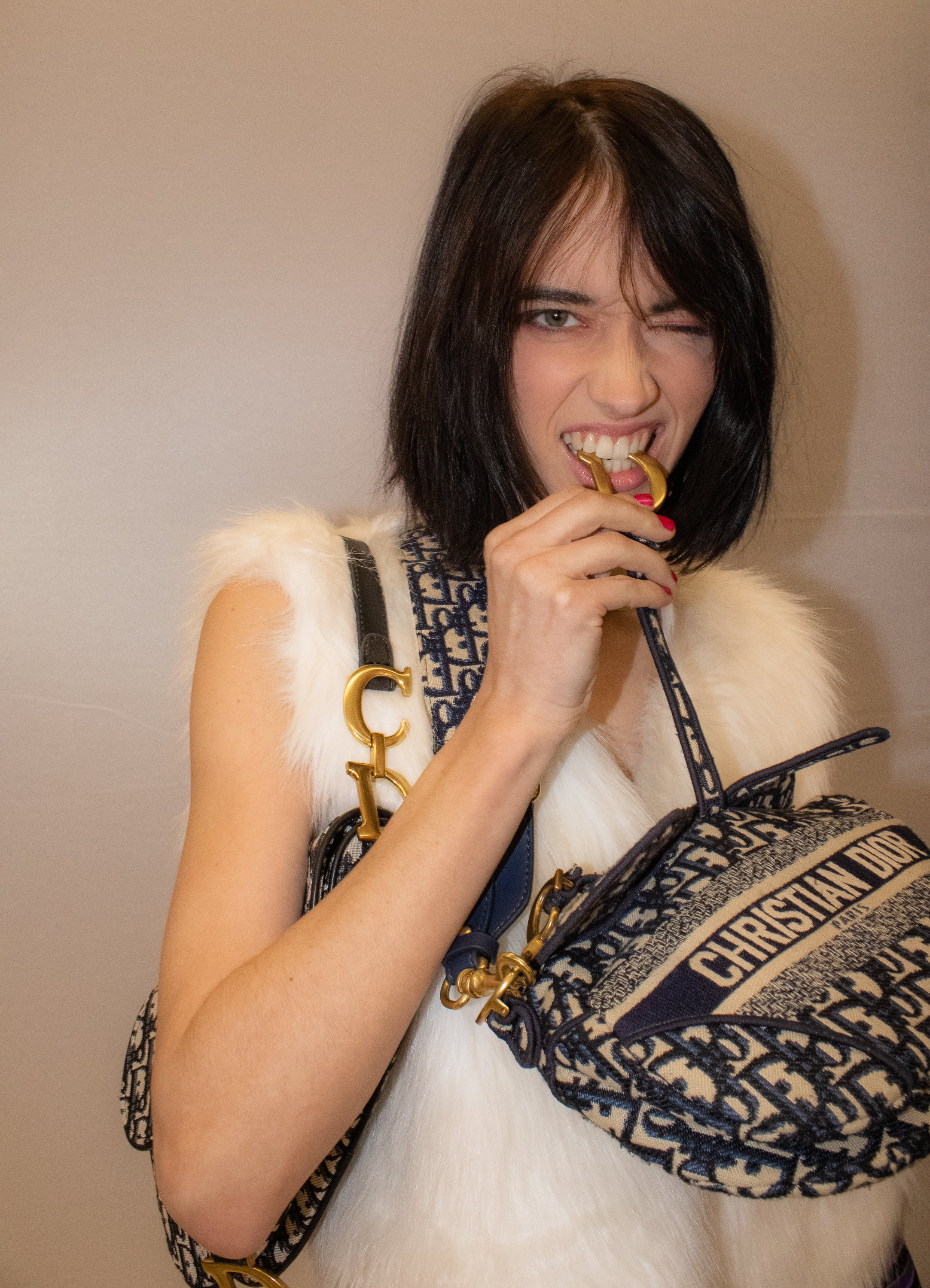

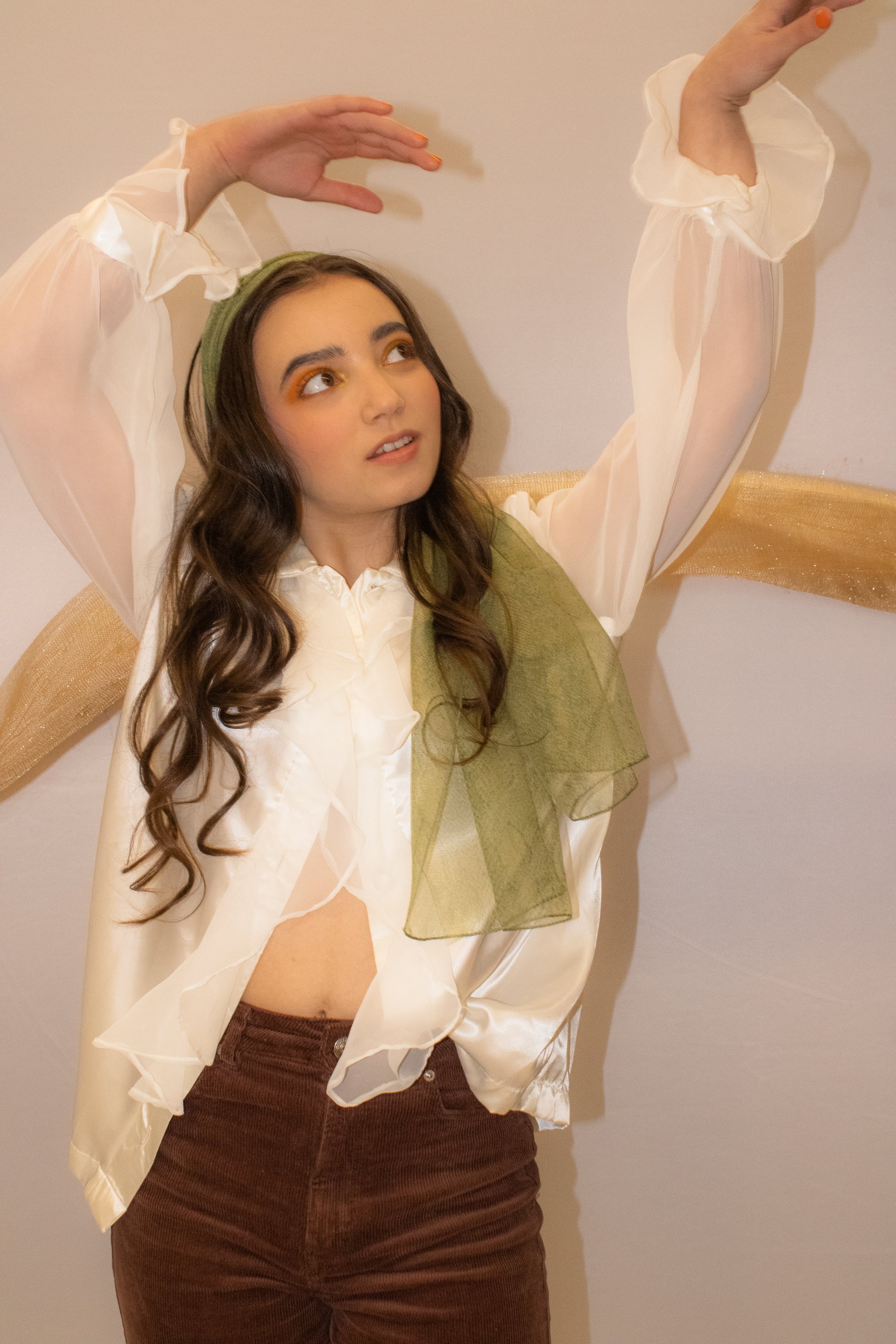
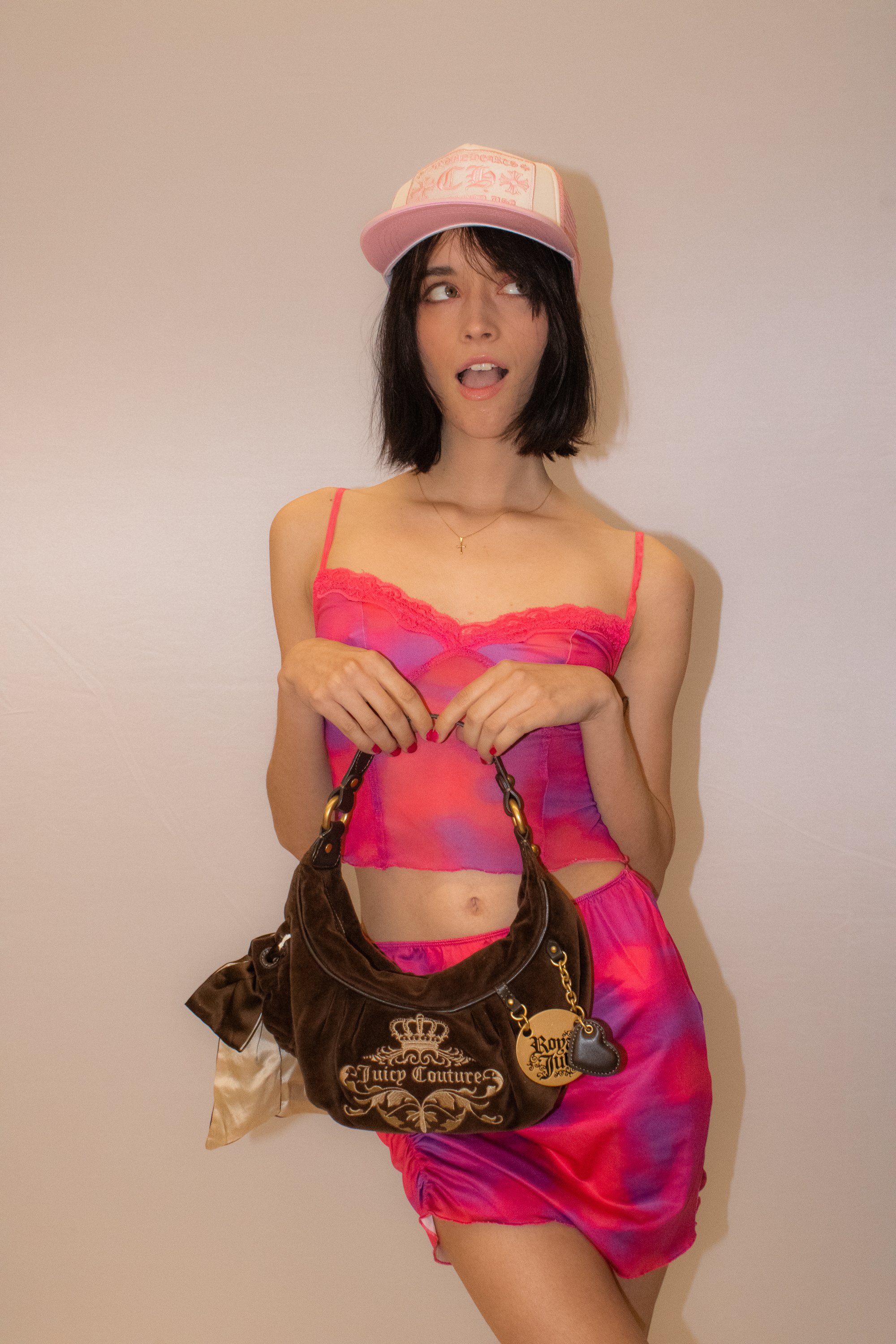
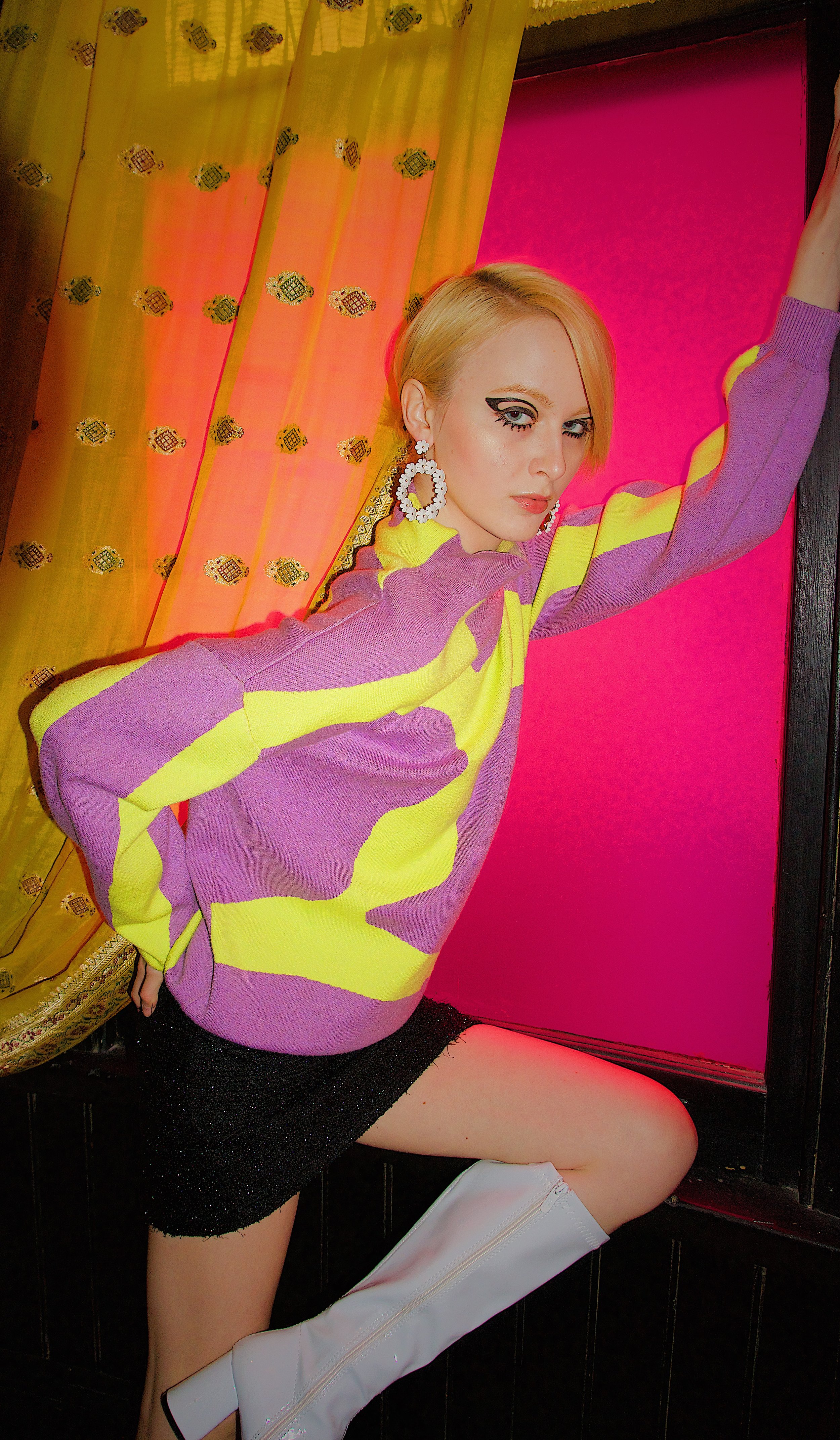
Time Machine
by Cecilia Connelly
Of all of the relics left behind and preserved to allow us a glimpse into the past, nothing possesses more insight than the clothing of yesterday. It does not take an especially trained eye to note that the fashion of today is moving in cycles, rather rapid cycles no less. The cyclical nature of it is one of my favorite elements of the art of fashion; watching it all come full circle over and over again. Clothing and culture have always existed in symbiosis, current events from the Space Race to the Y2K scare, fashion has always trotted close behind and adapted to whatever new reality emerges. Wherever there are cultural happenings, there are almost guaranteed to be young people close to follow; teenagers and young adults have historically been the pioneers of fashion movements throughout the decades. The kids have always been alright, and while we dive into these decades, I ask that you thank the ones before you and honor their dedication to dressing.
The 1960s: Slide into your Mary Janes and put on a Beatles record and let's groove into the 1960s. Beginning in the mid 1950s, fashion, particularly womenswear had begun to gravitate much more towards casualty and comfort. Hand in hand with the increasingly casual nature of fashion was the element of youthfulness that had typically been reserved for childrenswear up until now. While older women were worshiping at the altar of Jackie Kennedy, the ‘youthquake’ was taking the country by storm. An enormous proponent of this movement was the British Invasion, not only was the music of the Beatles dominating airwaves, but the styles of Londonites such as the infamous Twiggy had a domineering grip on young people in America. When designer Mary Quant introduced both the minidress and miniskirt mid-way through the decade, history was made. Both styles would solidify themselves as classic pieces of teenagers and young adults for decades to come. Of course we cannot discuss this decade without addressing the origins of the beloved hippie-flower-power movement that originated in the mid 60s. While the movement would not fully take off until the following decade, the hippie movement began gaining traction with young crowds, and styles like prairie dresses, peasant blouses, and platform shoes began working their way into mainstream fashions.
The 1970s: Wiggle on your mood ring and crank up some Led Zeppelin and into the 1970s we go. The hippie movement saw its prime and peak, with pieces like prairie dresses continuing to be key items in the wardrobes of women across the country. Often dubbed the ‘polyester decade,’ the 70s was when all fashion finally went mainstream, thanks to the help of newly invented synthetic fibers and fabrics. Bold colors and patterns dominated all categories of fashion throughout the duration of the decade, especially floral and some psychedelic prints. The era of Vietnam and Free Love, the 70s were no walk in the park, and civil rights were at the forefront of every national conversation. The continued campaign for womens’ rights and sexual freedom impacted fashion in the form of free flowing and more revealing garments, including the wrap dress, which was introduced by designer Dianne von Furstenburg in the middle of the decade. Unlike its preceding decade, the 70s actually saw a reversal of the lengths of skirts and dresses in some mainstream womenswear, with designers looking to the day dresses of the 1930s and 40s for inspiration. Additionally, this decade was the first when we see women begin to look at silhouettes and garments that were typically exclusive to menswear to incorporate into their own wardrobes. With the gradual rise of at-home workout videos, we began to see the world of athletic wear as we somewhat know it today. This would have its full explosion in the next decade, but the end of the 70s saw the beginning of the home-workout empire.
The 1980s: Spray on some hairspray and get some Madonna playing, and let’s explore the 1980s. As aforementioned in the last paragraph, this truly was the decade of the home workout, and with that, the fitness fashion craze. Any painfully 80s ensemble that conjures in your mind is probably not incorrect. The leotards, the leggings, the leg warmers, all of it had its absolute moment in the sun throughout the 1980s. The phrase ‘bigger is better’ could arguably serve as the mantra for the decade as a whole: big hair, big music, big clothes, everything. Designers like Thierry Mugler and Karl Lagerfield set out to change the way women wore workwear, since more and more were beginning to take over traditionally masculine roles in corporate life. Shoulder pads and structured bodices paired with some chunky sneakers were tell-tale signs of a working woman in the 1980s. Of course, it would be downright criminal to talk about this decade and not pay proper homage to the people’s princess, Lady Diana of Wales. Revered around the globe, Diana had solidified herself as a fashion icon by the ripe age of twenty three, popularizing the ‘preppy’ style in mainstream fashion. While she always looked dazzling in her formalwear, the people really loved her in her casual clothes, whether it was biker shorts paired with a baggy sweatshirt, or mom jeans with a delicate blouse, streetwear was where she sparkled. The 80s were also the decade of hair-mania. With the rise of heavy metal and hair metal, teasing hair to the sky and polishing it off with some spray that would one day put a hole in the ozone layer was all the rage.
The 1990s: Shimmy into the dingiest slip dress you can find and put a Hole tape in your Walkman and let’s get into the 1990s! I will try my absolute best not to bore you in this portion of the piece, I know we all have lived and breathed 90s fashion for the last five years, but bear with me. The 1990s are an especially interesting decade of fashion to me because it was arguably the most casual mainstream fashion had been before or since; this was when we saw the first pair of denim jeans on the red carpet. This was also a very fashionably-diverse decade, with many sub genres of dressing rising to popularity at the same time. Fashion inspired by black culture and hip hop/rap music catapulted to the forefront of fashion, as did the Seattle-scene grunge of the Nirvana crowd. By this point, activewear was solidified as a profitable industry, and adapted to the new social rules along with the rest of the industry, mainly in the form of biker shorts and leggings. We can’t talk about the 90s without diving into supermodel mania. Cindy, Linda, Naomi, and later Kate took the world by storm both with their jaw-dropping beauty, but with the almost nonchalant, effortless way they dressed themselves. The grunge movement was arguably the dominant fashion movement of this decade, but it eventually melted together with and eventually handed its leadership to the minimalist movement. Additionally, the 90s were when we started to see the first curated and boutique second-hand stores emerge, as the appetite of young people for vintage pieces exploded at the end of the decade.
Y2K: You know her, you (might) love her, you lived through her, it's Y2K! Find the lowest rise jeans you can and pick your favorite Britney Spears CD, and into the early 2000s we go. Jeans were without a doubt the most popular fashion item of this decade, whether they were low-rise, flare, boot-cut, baggy or skinny, we could not get enough of them. I know you know who they are, but it would be criminal to even breathe a word about this decade without mentioning the three It Girls of the apocalypse; Paris Hilton, Lindsay Lohan, and Nicole Richie. All authors of memoirs and owners of perfume lines today, these women were at one point controlling the public opinion on fashion. Donning themselves in ‘skirts the size of a belt’ and boho-chic tops with mini designer bags, these girls ran the clubs of the beginning of the century. As social media and the internet were forming into what we know today, the culture of celebrity was also changing into what we know today. This decade was the first time we saw what and who celebrities were wearing, having a genuine influence on the way that the everyday consumer shopped and styled themself. We now had more access to celebrities than ever, through the internet and magazines that printed photos from last night the very next day. We have cycled our way back to the era of Y2K in present day, and many have posed the question as to why this is the decade young people have sunk their teeth into so voraciously, and, in one writer's opinion, it’s because it celebrates youth, celebrates doing whatever you want, celebrates rejection of the perfectly polished look we have been force fed. 💌
Photographer: Pilar Bradley
Stylist: Pilar Bradley, Erin Batiste
Models: Emilee the Visionary, Erin Batiste
Hair: Chris Guidry, Tiffany Miller
Makeup: Pilar Bradley, Erin Batiste
Photographer: Maddie Paradise
Stylist: Monica Robles, Pilar Bradley, Lee Hasket
Models: Paulina Santiago, Zainabu Kangethe, Cecilia Connelly
Hair: Gillian Tokar
Makeup: Gillian Tokar
